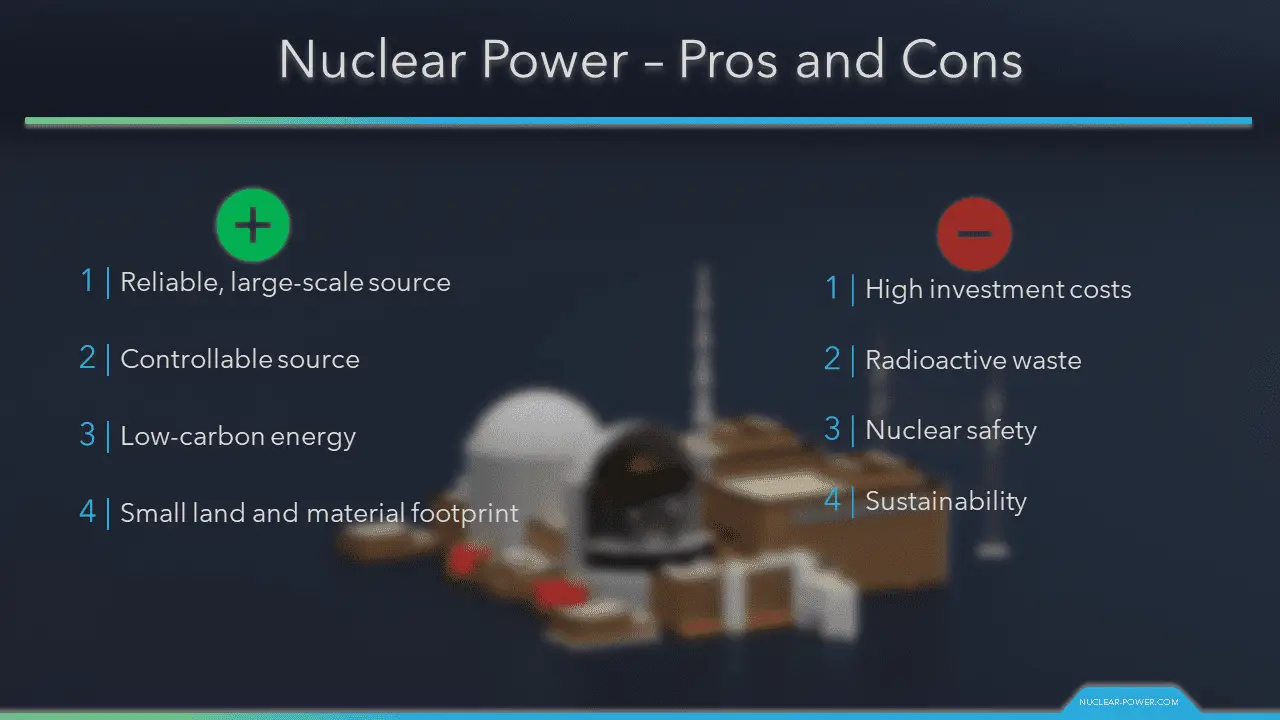
As with any energy source, renewable or non-renewable, there are always some pros and cons.
The most mentioned advantages are the fact that nuclear power is a reliable, large-scale, controllable source, a low-carbon energy source with a small land footprint.
On the other hand, the most mentioned disadvantages are high investment costs, radioactive waste, nuclear safety, and sustainability of uranium resources.
The main disadvantages of the nuclear power
High investment costs
Nuclear power plant construction is typical of large infrastructure projects worldwide, whose costs and delivery challenges tend to be underestimated. These new builds require significant upfront investments, which were mostly caused by highly customized designs of large plants but can be driven down by standardized, reusable designs.
This underestimation is logical, the majority of nuclear plants today are approaching the end of their design life, and only a few have been built in the last 20 years. At present, nuclear energy has been declining for thirty years, and educational capacities and supply chains are in line with this.
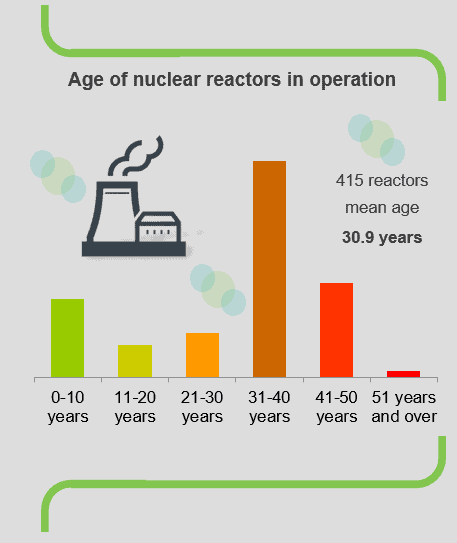
Currently, there are no savings from mass production since the entire sector has been without major investments for decades.
Opportunities exist to significantly reduce the capital cost and shorten the construction schedule for new nuclear power plants. First, deploying multiple standardized units, especially at a single site, affords considerable learning from the construction of each unit.
Nuclear power has produced reliable energy for decades, but it has also been out of trend for decades. Nevertheless, it is a competitive low-carbon, large-scale source of energy.
Radioactive waste
Spent nuclear fuel is stored in a dry storage cask. Such casks are widely used for dry interim storage and transportation of spent fuel.
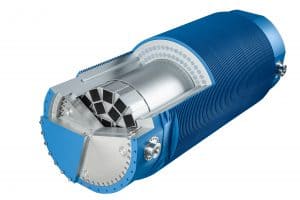
Nuclear waste is the most cited issue. Yes, nuclear waste is a very dangerous by-product of nuclear power plants, and it takes extreme care and advanced technology to handle it properly. But, it’s like the other dangerous things in modern society, and we can secure them safely. Flying in an airplane that contains thousands of critical parts 10 kilometers above the ground is also safe. In the case of nuclear waste, the technical solution is much easier. Moreover, each plant operator provides for waste management, disposal, and decommissioning costs in the actual cost of electricity to minimize external costs. Unlike nuclear energy, some energy sources dispose of wastes to the environment or have health effects that are not costed into the product.
Is radioactivity the problem?
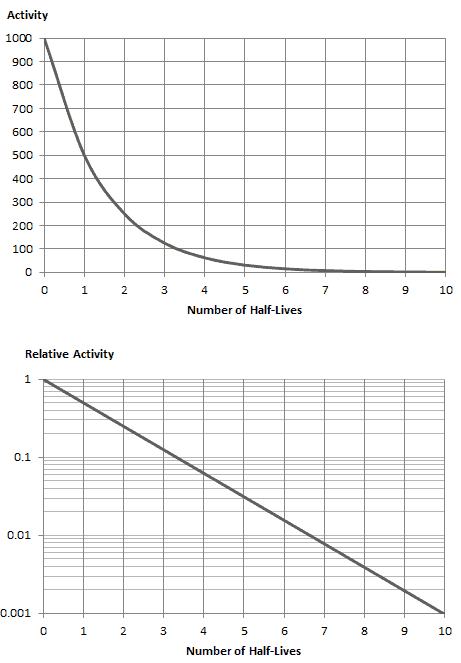 Handling radioactive waste does not pose any problem.
Handling radioactive waste does not pose any problem.
All we want to say is that the engineers know what they are doing when they are dealing with radioactive waste.
Finally, radioactivity means that the risk level decreases with time. Time significantly reduces its radioactivity. Many industries produce hazardous and toxic waste, and all toxic waste needs to be dealt with safely, not just radioactive waste. By comparison, other industrial wastes such as heavy metals, cadmium, and mercury remain hazardous indefinitely.
The typical nuclear reactor creates about 20 metric tons of spent nuclear fuel each year. It is very little in volume. About two spent fuel casks.
Since spent nuclear fuel still contains about 96% of reusable material, it has great potential for recycling. Many operators recycle despite the fact that such fuel is more expensive.
Only a small volume of this small volume (about 3% of the total) is long-lived, highly radioactive, and requires isolation from the environment for thousands of years. Let’s say 600 kilograms per year.
Nuclear safety
We realize that the term “nuclear” often evokes a feeling of something negative or even dangerous. We do not claim this or that opinion is the only correct opinion. But it is noteworthy that most nuclear engineers, people who know what nuclear means, do not connect the term “nuclear” with anything negative or dangerous.
There are many sources of energy – wind, solar, oil, natural gas, coal, petroleum, and biofuels. All provide electricity and energy for the world. All these energy sources have negative effects and can cause human injury or even death. But they differ enormously in size. There is much debate over which form of energy is the safest. You may be surprised, but:
Based on the entire life cycle, fossil fuels are the most dangerous, while nuclear and modern renewable energy sources are vastly safer and cleaner.
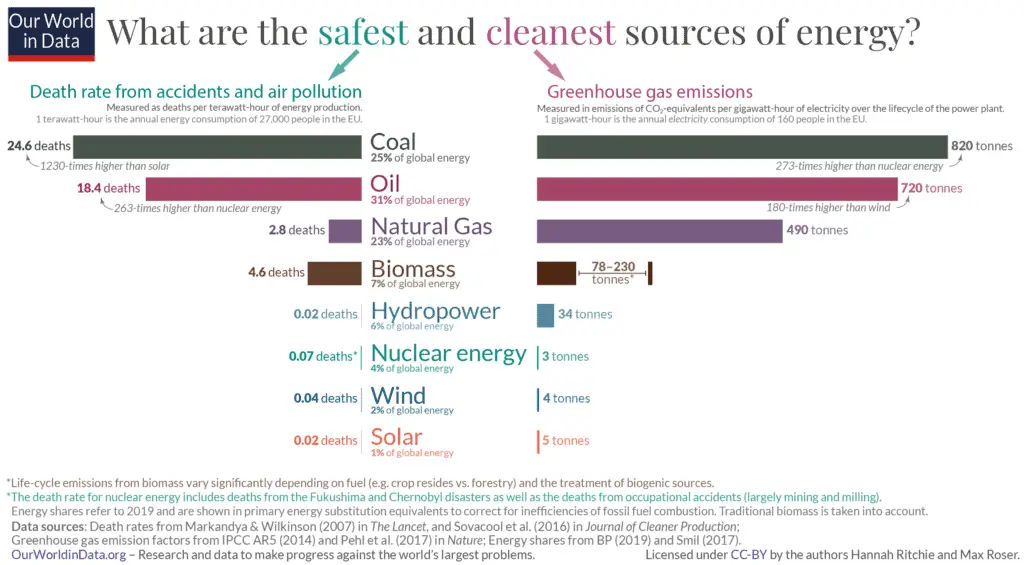
This is because such considerations need to include all aspects of resource use, such as mining, processing, material transportation, air pollution, and possible accidents. But while energy from fossil fuels brings many benefits, it unfortunately also has major negative consequences. There are three main categories of negative consequences – air pollution, accidents, and greenhouse gas emissions. According to The World Health Organization, air pollution kills an estimated seven million people worldwide every year. From smog hanging over cities to smoke inside the home, air pollution poses a major threat to health and climate. Risk of accidents includes accidents in the mining and extraction of fuels (coal, uranium, rare metals, oil, and gas) and accidents that occur in transporting raw materials and infrastructure.
Many studies point to the safety and usability of nuclear power. As you can see in the chart, nuclear power is comparable to many renewable energy sources in terms of lives lost in the past per unit of electricity delivered.
For nuclear power plants, perfect safety cannot be guaranteed. But the safety of nuclear power plants is an important engineering field that has absolute priority at a nuclear power plant. Most nuclear power plants introduce a ‘defense-in-depth ‘approach to achieve maximum safety. This approach comprises multiple safety systems supplementing the natural features of the reactor core. The level of safety of existing nuclear power plants is very high. Nuclear power plants regularly undergo independent inspections by various international organizations, such as the IAEA and WANO.
Sustainability
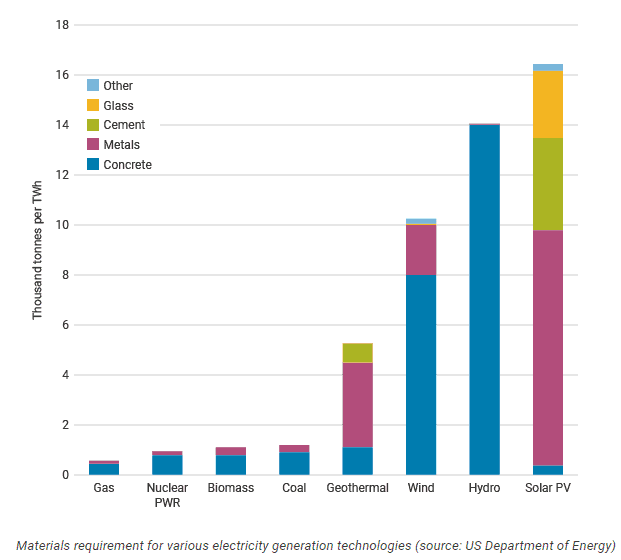 Sustainability of energy sources is a very broad term. In short, nuclear energy is one of the few sustainable primary sources. It is the only controllable large-scale source that could complement variable renewable sources, and that could ensure reliable 24/7 energy. As can be seen in the chart, the material and land requirements of nuclear power are incomparable to the other sources of low-carbon energy.
Sustainability of energy sources is a very broad term. In short, nuclear energy is one of the few sustainable primary sources. It is the only controllable large-scale source that could complement variable renewable sources, and that could ensure reliable 24/7 energy. As can be seen in the chart, the material and land requirements of nuclear power are incomparable to the other sources of low-carbon energy.
For example, wind turbine plants need over ten times the amount of steel, 15 times the amount of copper, and more than twice the amount of other critical minerals than nuclear power per kilowatt hour output.
The main advantages of the nuclear power
It’s a fact that nuclear power is a reliable, large-scale, controllable, low-carbon energy source with a small land footprint.
Reliability
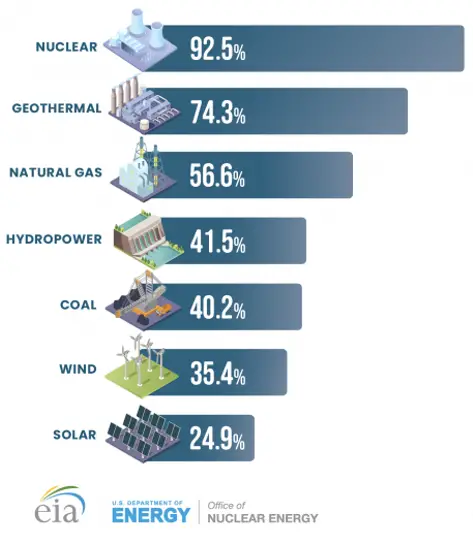 The term reliable means that nuclear energy has by far the highest capacity factor of any other energy source.
The term reliable means that nuclear energy has by far the highest capacity factor of any other energy source.
According to the US DOE, nuclear power plants produce maximum power more than 92% of the time during the year. That’s about nearly 2 times more natural gas and coal units and or almost 3 times more reliable than wind and solar plants.
Nuclear power plants have been considered baseload sources of electricity as they rely on technology with low variable costs and high fixed costs. Baseload power plants are generally run at close to maximum output continuously, apart from maintenance refueling outages. They are designed to operate for longer stretches before refueling. Refueling takes place typically every 1.5 or 2 years.
Controllable Source
The term controllable means that they can follow the load and they can stabilize the electric grid. Because during the day, consumption changes very significantly. Electricity producers must react to these changes in consumption by immediately changing production. The grid regulator controls the changes.
But only so-called controllable or dispatchable sources can be used for such purposes. Controllable sources produce energy on demand at the request of power grid operators, according to market needs. These sources include nuclear power, hydropower, biomass, or relatively constant sources, such as geothermal power. We must not forget classic sources such as coal and gas power plants, where carbon dioxide emissions can be significantly reduced by carbon capture and storage technology. Since these controllable sustainable sources can follow the grid load, they drastically reduce the demands of variable renewables on the transmission and energy storage systems.
In fact, only controllable sources together with energy storage systems can protect our electrical grid from a blackout scenario.
Low-carbon source
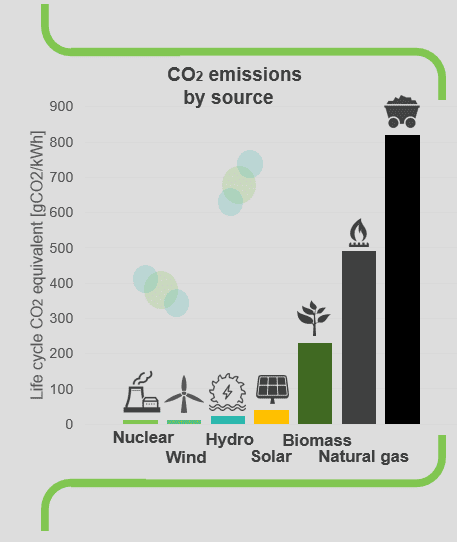 A nuclear power plant is a low-carbon source. Low-carbon means an overall lower carbon footprint.
A nuclear power plant is a low-carbon source. Low-carbon means an overall lower carbon footprint.
In 2014, the Intergovernmental Panel on Climate Change harmonized the carbon dioxide equivalent findings of the major electricity-generating sources in use worldwide. Coal is the worst emitter, followed by natural gas. Solar, wind and nuclear are all low-carbon. Hydropower, biomass, geothermal, and ocean power may generally be low-carbon, but poor design or other factors could result in higher emissions from individual power stations.
Another issue and perhaps one of the most visible today is energy security. This is especially true for countries with significant energy imports. Access to relatively cheap energy has become essential to the functioning of modern economies.
A strong nuclear energy industry is essential to energy security across the globe. This is due to the fact that nuclear fuel is very compact and can be stored on-site for several years.
Land and Material Footprint
A nuclear energy facility has a small area footprint, requiring about 1.3 square miles per 1,000 megawatts of energy.
To generate the same amount of electricity as a 1,000-megawatt reactor, a wind farm would require over 170 times the land needed for a nuclear reactor.
This fact cannot be overlooked. Another fact is that the public is often in opposition to any proposed developments in their local area. This is known as the NIMBY phenomenon, which is an acronym for the phrase “not in my backyard.” Before construction itself, this phenomenon is very strong for any power plant. The difference is that after construction, nuclear power plants provide many highly skilled jobs in the region, as you can see from the infographics. It is very interesting that many local surveys of nuclear power plant neighbors have shown that the vast majority of residents living closest to the plants view them favorably. Thank you for trusting us.
Conclusion
It’s all about the fact that nothing is perfect and we are not looking for the perfect source but the optimal mix of sources for the given conditions. There are two general rules:
- The proposal of a future energy mix must always respect the laws of physics.
- And the proposal of a sustainable energy mix must always consider the specific geographical conditions of a given country.